Americans are now confronted with two radically different visions of public education. Which vision ultimately prevails will go a long way toward determining the quality of the education available to future generations of children.
The first -- call it the "private" -- vision can be seen in the well-funded efforts in states and localities across the country to dismantle many of the fundamental structures of public education that have evolved since the mid-19th century and to replace them with models borrowed from the private sector.
These efforts include unfettered expansion of charter schools, many of them run by for-profit companies (Louisiana); vouchers to middle class families for private school tuition (Wisconsin); and tax credits for those who donate to "scholarship" funds for private schools (Virginia). The private vision has received millions of dollars of support from major foundations, including Gates and Walton, and from wealthy individuals.
The second, or "public," vision seeks to preserve traditional structures of public school systems while acknowledging that the time has come to diversify the ways in which education is delivered. This vision recently received a boost in Florida, where voters defeated an amendment that would have cleared the way for a statewide voucher program. Earlier this month a judge in Louisiana ruled that the state's new voucher program violates the state Constitution because it relies on funds intended for public schools.
The private vision of public education is truly radical in three important respects:
- First, it severs the connection between public schools and the civic purposes for which they were established and that justify the use of taxpayer dollars to fund them. Implicit in this vision is the notion that the benefits of education accrue first and foremost to individuals and that public benefits are simply the sum of private ones.
- Second, it rejects the notion of an education system. Those who view education primarily as a collection of independent schools serving private interests have few incentives to assure that multiple stakeholders -- students, teachers, administrators, policy makers, the business community and others -- work together through democratic institutions in pursuit of common goals.
- Third, the private education vision leaves little room for principles of social justice and the commitment to equal educational opportunity for all children. By emphasizing privatization and competition rather than community and cooperation, it trivializes the whole notion of "public" education. Nor does it take responsibility for addressing the special challenges that disadvantaged children bring with them when they walk through the schoolhouse door.
Public schools in the U.S. have always operated at the intersection of two sets of legitimate rights: those of individuals, including parents, to pursue their own best interests and those of society as a whole to perpetuate democratic values and to promote collective prosperity.
By and large Americans have found ways to strike a balance between these two objectives. Public schools have served as engines of upward mobility for millions of individuals, including waves of immigrants, while driving economic growth by providing an educated workforce. By emphasizing private interests almost entirely at the expense of public ones, the private vision, with millions of dollars behind it, threatens to undermine this historical balance.
To say that public schools should serve public purposes is not to say that all schools should be the same or that they must only be operated by government employees. One-size-fits-all schooling does not meet all children's educational needs.
An enlightened public vision of education welcomes increased parental choice as well as diverse forms of delivery such as charter schools, virtual schools or other new types of institutions -- so long as they operate within clearly specified guidelines that respect and promote both collective and individual interests. While collective interests may differ from state to state or from community to community, they are likely to revolve around issues such as equal access to quality schools, student diversity, cost-efficient use of school facilities, transportation and enrollment stability that allows for effective planning.
The choice between the two visions is stark, and the stakes are high. Education is an investment in the future of children and also in the future of each state. States that fail to provide access to quality education for all students today will be wasting their most precious resource: their people. And the more that states move toward a private vision that privileges individual over collective interests, the more difficult it will be to reverse course in the future.
Helen F. Ladd is a professor of public policy and economics at Duke University's Sanford School of Public Policy. Edward B. Fiske, a former education editor of The New York Times, is the author of the "Fiske Guide to Colleges."